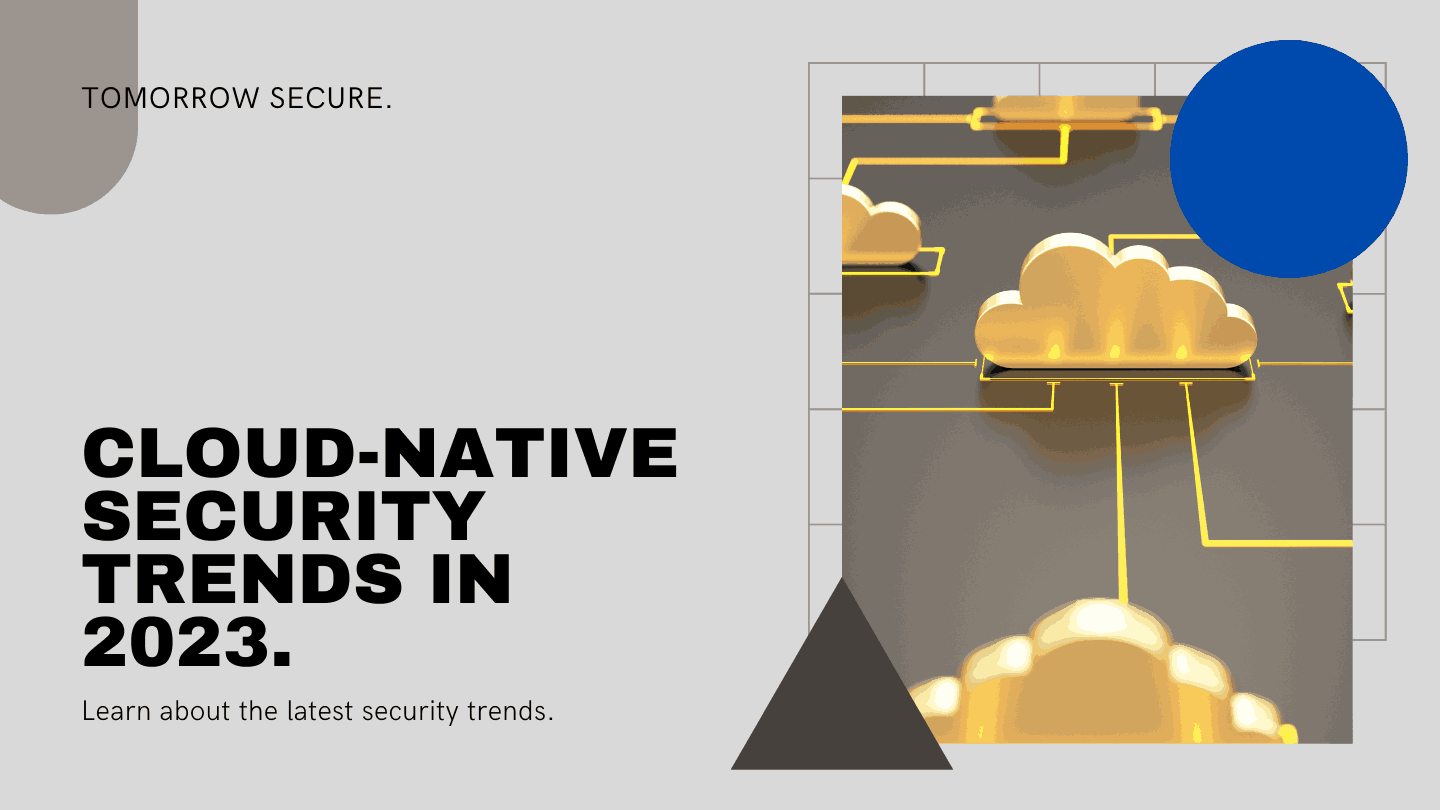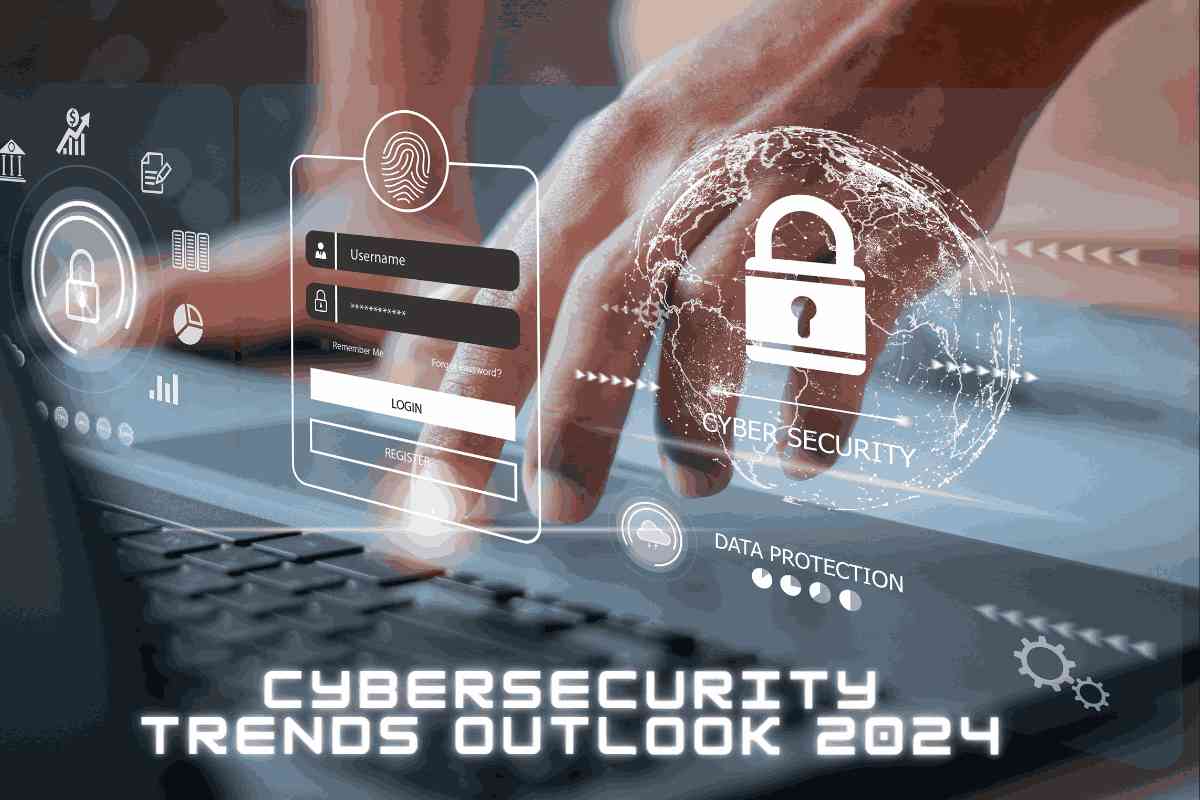Implementing DevSecOps Secure CI/CD Pipeline Strategies
Implement DevSecOps with EaseCloud. Automate security checks in CI/CD pipelines for faster, safer software delivery. Enhance compliance and efficiency now.
In today's fast-paced digital world, software development, most people heavily depend on security. DevSecOps has gained popularity because it integrates security principles into the continuous integration and continuous delivery (CI/CD) pipeline in a seamless manner. By including security from the start of the development lifecycle, organizations may successfully lower risks and ensure the dependability of applications. By encouraging collaboration between the development and security teams, this strategy transforms security into a shared responsibility.
Understanding DevSecOps
What is DevSecOps?
DevSecOps is a framework that combines development (Dev), security (Sec), and operations (Ops) into one cohesive unit. It ensures that security is incorporated into the software development lifecycle (SDLC). Crucial components include:
- Collaboration across the development, operational, and security teams.
- Automation of testing and monitoring processes for security.
- Incorporating security into development processes as a continuous, crucial component.
The Benefits of DevSecOps
The adoption of DevSecOps offers numerous advantages, including:
- Enhanced security throughout the SDLC.
- Early detection and remediation of vulnerabilities.
- Improved policy adherence and risk management.
- Cost savings by addressing issues early.
- Strengthened collaboration and shared accountability across teams.
Building a Secure CI/CD Pipeline
Designing a Secure CI/CD Pipeline
Every step of a secure CI/CD pipeline has safety checks:
- Continuous Integration: Automated code testing and scanning for continuous integration.
- Constant Delivery: Compliance inspections and security assessments.
- Continuous Deployment: Data security and runtime monitoring.
Integrating Security Tools
Essential security integration tools include:
- Static Application Security Testing (SAST): Analyses code for vulnerabilities.
- Dynamic Application Security Testing (DAST): Evaluates applications during runtime.
- Software Composition Analysis (SCA): Monitors third-party dependencies.
Version Control Security
Version control security is critical. Best practices include:
- Setting access controls.
- Mandating peer code reviews.
- Using signed commits to ensure integrity.
Automating Security in CI/CD
Security as Code
Defining security policies as code ensures consistency and automation. Tools like Open Policy Agent (OPA) and HashiCorp Sentinel enable the management and enforcement of security policies alongside application code.
Continuous Security Testing
It is crucial to automate security testing in the CI/CD pipeline. Among the useful instruments are:
- Trivy for scanning containers.
- For runtime security, use Aqua Security.
- Snyk for detecting dependency vulnerabilities.
Vulnerability Scanning and Management
Regular vulnerability scans of code and containers are vital. Implementing rapid detection and resolution processes ensures timely mitigation of risks.
Threat Modelling and Risk Assessment
Conducting Threat Modelling
Threat modeling identifies potential vulnerabilities within the application architecture. Tools such as OWASP Threat Dragon and Microsoft Threat Modeling Tool are invaluable for this purpose.
Risk Assessment Strategies
Effective risk assessment relies on insights from threat modeling and vulnerability analysis. Continuously updating and integrating risk assessment within the SDLC is critical.
Incident Response and Monitoring
Establishing an Incident Response Plan
A robust incident response plan outlines clear steps to address security breaches. Regular updates and team training ensure preparedness for potential threats.
Monitoring and Logging
Implement continuous monitoring and logging to detect security incidents. By training personnel in log analysis and event management, organizations can respond swiftly to mitigate potential damages.
Fostering a Security Culture
Training and Awareness Programs
Ongoing security training equips developers with the knowledge to adopt security-first practices. Tools and resources like those from EaseCloud.io support comprehensive security education.
Encouraging Collaboration
A unified approach to security is fostered by cross-functional collaboration across IT operations, security, and development, which increases overall resilience and efficiency.
Compliance and Governance
Understanding Compliance Requirements
Stay informed about key regulations such as GDPR, HIPAA, and PCI DSS. Conducting compliance checks within the CI/CD pipeline ensures adherence to these standards.
Governance Frameworks
Establish governance frameworks for security policies and procedures. Tools like Chef InSpec and HashiCorp Sentinel help enforce secure and compliant practices.
Impact of EaseCloud on Securing CI/CD Pipelines
Businesses may easily implement DevSecOps strategies with the help of EaseCloud. Without impeding development, our platform's easy integration with CI/CD pipelines allows for real-time security inspections. With EaseCloud's scalable infrastructure, strong access restrictions, and automated threat detection, security is integrated into your workflows. Teams may produce software more quickly and securely while still adhering to industry requirements thanks to this.
Conclusion
DevSecOps represents a transformative approach to secure software development, embedding security into every phase of the CI/CD pipeline. By adopting DevSecOps practices, organizations can reduce risks, enhance security posture, and build resilient applications. EaseCloud.io offers expert tools and services to empower organizations in implementing and sustaining secure CI/CD pipelines.
1. What is the difference between DevOps and DevSecOps?
DevOps integrates development and operations to streamline workflows, whereas DevSecOps prioritizes security as a core element from design to deployment.
2. How can I get started with DevSecOps in my organization?
Start by assessing your existing security measures and integrating security practices into your CI/CD pipeline. Foster security awareness among developers.
3. What are the most common challenges when adopting DevSecOps?
Key challenges include cultural resistance, lack of developer training, and adapting new security tools to existing systems. Training and gradual implementation help overcome these obstacles.
4. How can I measure the effectiveness of my DevSecOps practices?
Metrics like bug resolution rates, time-to-fix vulnerabilities, and frequency of breaches can evaluate success. EaseCloud.io provides tools for tracking and analysis.
5. What tools are essential for a secure CI/CD pipeline?
Essential tools include SAST, DAST, vulnerability scanners, and policy-as-code solutions tailored to your technology stack.
EaseCloud streamlines multi-architecture container workflows with seamless CI/CD integration. Optimize performance across diverse environments effortlessly.
Learn to integrate Terraform, Helm, and Kubernetes effectively. EaseCloud ensures streamlined provisioning and management for seamless DevOps workflows.

